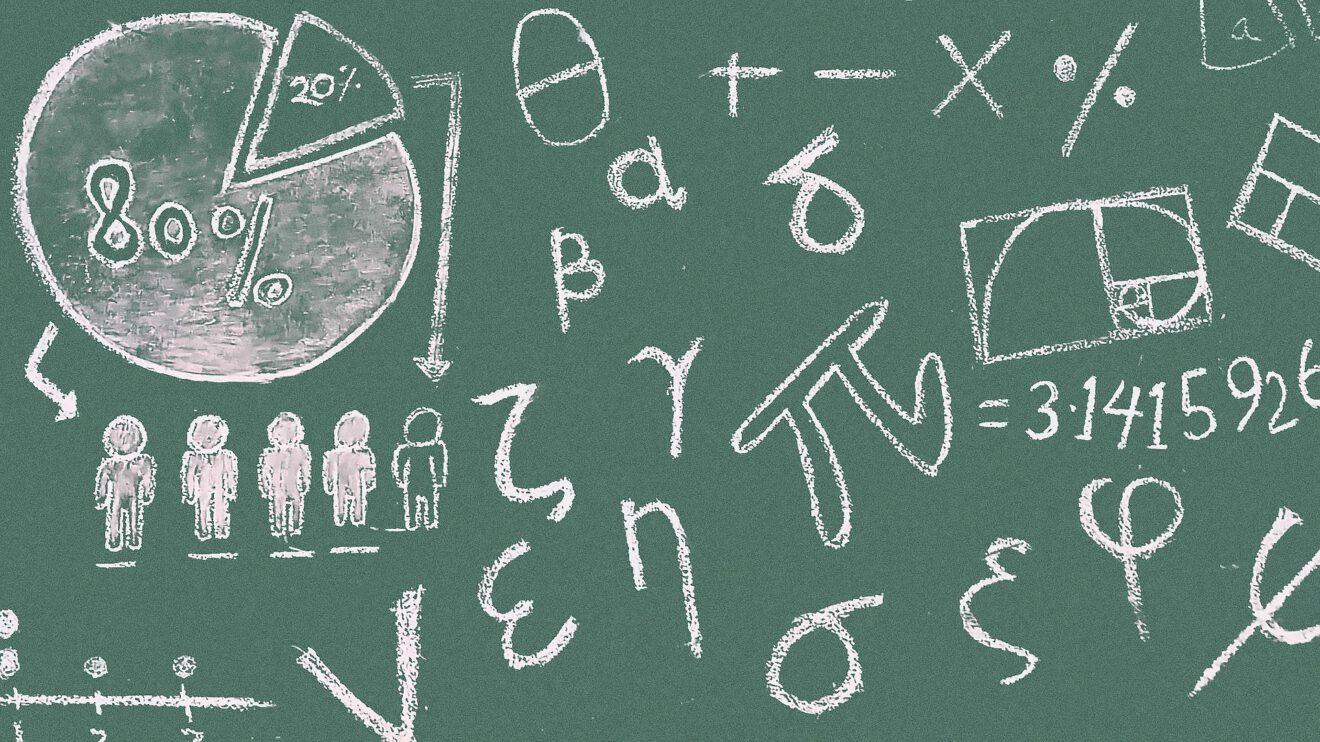When it comes to assessment, the title is a fair question to ask. As districts in our region take a look at their assessment practices, a number are taking steps to help their educators and students see assessment in an ever more meaningful way.
One of our districts, Carmel Central School District in New York, is looking to make key changes to their assessment design at the high-school level. After engaging in conversation with one of their leaders, Janet Warden, I came to understand that they have identified six key steps to making more meaning from the assessments they utilize.
Seek purpose. Every change must have a rationale, particularly if we hope that change will stick. We can get at that rationale by reflecting on key questions. When focusing on assessment, some of those questions could be:
- “What purpose do our current assessment practices serve?”
- “Why change the assessment process now?”
- “How does it benefit learners if we assess them differently?”
- “By making changes, do we come closer to teaching students more about what we value? More about what they value?”
These questions are a few of the ones that can be considered as a way to drill down into the true “why” of an assessment redesign. And in the end, as my Carmel colleague made very clear, “The ‘why’ should always lead back to how learners will benefit.”
Find a buddy. The leader I mentioned recognized that this change can’t be made alone, and that along with having her own staff on board, she’ll be utilizing the support of other leaders in the region to help check her thinking and provide guidance as she helps her district move forward. She also recognized that there is much we can do ourselves, and sometimes it is beneficial to bring in the assistance of someone with tremendous expertise in a given area. Whether the “buddy” is a colleague or someone with unique experience, most initiatives are most successful when we have people to lean on.
Begin with the end in mind. Whether you are a backwards-planning guru, or simply value the benefit of always keeping end points as a guide for any and all work, there is value to focusing on the finish line, even when we are just leaving the starting gate. In curriculum design, starting with where we want to be at the end allows us to make sure that our instruction mirrors the content and skills that we will expect students to have mastered when they are assessed. Therefore, if we redesign our assessment measures to be better indicators of what students will need to be the leaders of tomorrow, then our instruction will also shift. And likely, for the better.
Freshen up. Building capacity is never easy. And Carmel’s leadership recognizes the impact new resources can have on the community of learners. Whether reading a new text, engaging in a protocol based on a journal article or sharing thinking openly with a team, it is important for us to always be mindful of new ideas, ways to think differently about something or steps to take to add to our understanding.
Give enough time. My colleague recognizes that change takes time, and she realizes that shifting assessment design isn’t something that can happen overnight. With that in mind, she is thinking long-term and big-picture, willing to start the initiative in earnest with a fresh year next September, and recognizing that for some, this shift will be years in the making. Taking the long-view not only supports the different learning cycles we each embody, but it also builds investment. The more time we devote to an initiative, the more opportunity we have to build capacity, and the more likely the initiative will be seen as foundational to (all) our work.
Shift the paradigm. One of the most helpful ways to make change is to encounter a paradigm-shifting moment. When we see others engage in practice that we never thought possible, it makes us wonder if we can, in fact, make that shift too. To that end, my colleague is interested in taking some of her teachers to observe instruction and assessment in other districts, with the hope that her team will see other ways to continue to support students and learning.
As we discussed her plans and hopes for the district, it occurred to me that this process was not only a great way to begin thinking about further making meaning of the assessments that are designed and used, but it is also a great process in general to make meaning. Through asking “Why?,” buddying up, considering endpoints and shifting our learning while continually adding to it, with enough time, there is a way to make meaning out of everything.
Fred Ende (@fredende) is the assistant director of Curriculum and Instructional Services for Putnam/Northern Westchester BOCES in Yorktown Heights, N.Y. Fred blogs at www.fredende.blogspot.com, Edutopia, ASCD EDge and SmartBrief Education. His book,Professional Development That Sticks is available from ASCD. Visit his website:www.fredende.com.
____________________________________
Like this article? Sign up for ASCD SmartBrief to get news like this in your inbox, or check out all of SmartBrief’s education newsletters, covering career and technical education, educational leadership, math education and more.
